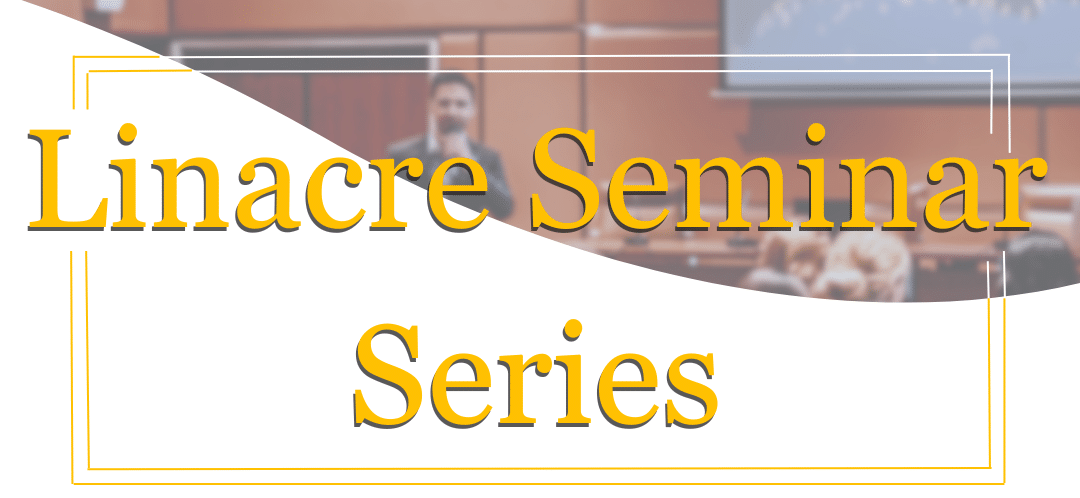The fourth and final seminar of the Trinity Term series will feature:
Chair: Alex Lau-Zhu
Speakers:
Sebastian Lund – Empire of the Sun: Decolonizing Energy in Rokeya Hossain’s “Sultana’s Dream”
Tom Kettlety – Working 1.5 km Below Ground: Doing Earth Science in the UK’s Deepest Mine
Sebastian Egholm Lund is a Junior Research Fellow at Linacre College, University of Oxford. He is currently working on the project Empire of the Sun. He is also working on the monograph Climate and Fiction at the Fin de Siècle. He has a PhD in Comparative Literature from Aarhus University (2021-2024). In 2023, he won the Society of Dix-Neuviémistes Publication Prize. In 2024, he won the Northeast Victorian Studies Association ‘Expanding the Field’ Essay Prize. He has published in journals such as Victorian Studies, Interdisciplinary Studies of Literature and Environment, Nineteenth-Century Contexts, and Dix-Neuf.
Historical research has neglected the context of imperialism when narrating the story of solar energy. The paper addresses the scholarly lack by contextualising and analysing Indian writer, activist, and educator Rokeya Hossain’s short story “Sultana’s Dream” (1905). “Sultana’s Dream” depicts the protagonist Sultana’s astonishment when she, in a dream vision, travels to the feminist utopia, Ladyland, in which the traditional practice of purdah – the veiling and seclusion of females – has been reversed. The following social transformation leads to a wonderful garden world powered by solar energy. I explore Hossain’s imaginative connection between an alternative world and a new energy paradigm to show how speculative fiction from the turn of the twentieth century tried to decolonize solar energy, imagining it as a resource for social rebellion and a utopian future, demonstrating thus the complex, colonial legacy of the unfolding energy transition.
Tom Kettlety is a seismologist, geophysicist and Oxford Net Zero Research Fellow of Geological Carbon Storage. His work focuses on environmental monitoring of industrial activities, particularly processes which artificially trigger earthquakes.
This talk describes my recent work measuring earthquake signals in the UK’s deepest mine. Boulby, on the northeast Yorkshire coast, is a salt and inorganic fertiliser mine based 1.5 km below ground, with tunnels extending over 10 km under the North Sea. It also houses a UKRI operated dark matter research facility — the Boulby Underground Laboratory. As a part of a UKRI-funded project, I have been deploying seismometers in the mine to assess its potential as an Earth science research facility in several research areas: CO2 and hydrogen storage, geothermal energy, and critical minerals. This work also helps assess the potential for furthering fundamental physics experiments at Boulby, which need an underground, and seismically-quiet, site to function.





















